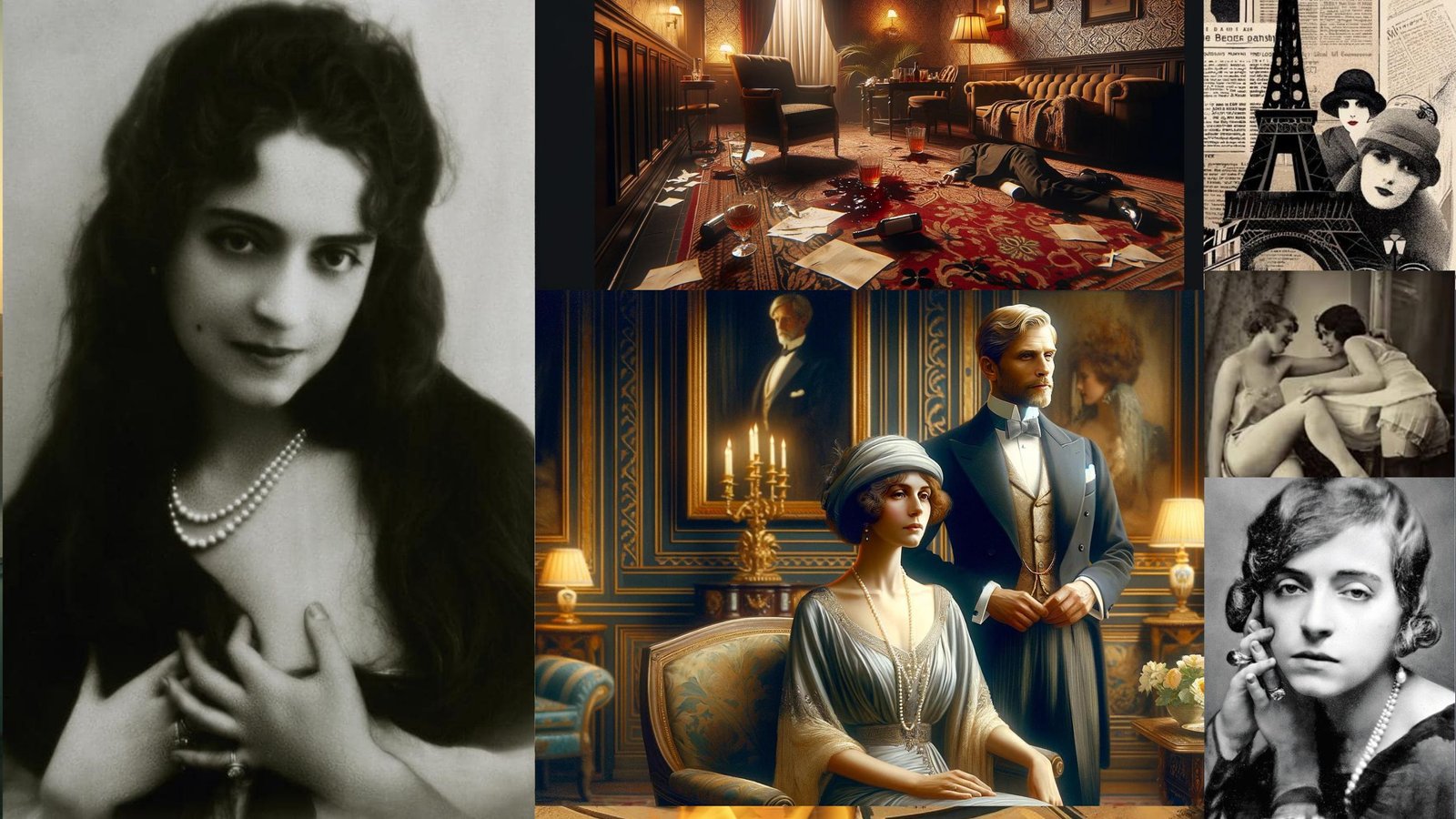Marguerite Alibert: A Tale of Mystery, Murder, and Majesty
Marguerite was born in 1890 to a common French family — her dad functioned as a taxi driver, and her mom was a house keeper. At the point when her more youthful sibling was four years of age, he was hit by a truck in the road and killed. Marguerite’s parents blamed her for his death.
since she should mind him at that point, and they sent her off to the Sisters of Mary live-in school.
At age 15, the nuns put her in a home where she probably filled in as a homegrown worker. At 16, she was tossed out for getting pregnant by an obscure man. The girl she at last drag was sent away to live on a farm in central France.
Marguerite Alibert’s story is one of obvious differences, highlighting a fleeting ascent through social statuses, a go wrong, and a day to day existence covered in in mystery and scandal. Known for her magnificence and sly, Alibert’s life process from a Parisian mistress to a murde suspect peruses like a plot straight out of a noir spine chiller.
Marguerite Alibert From Sex Worker To Princess
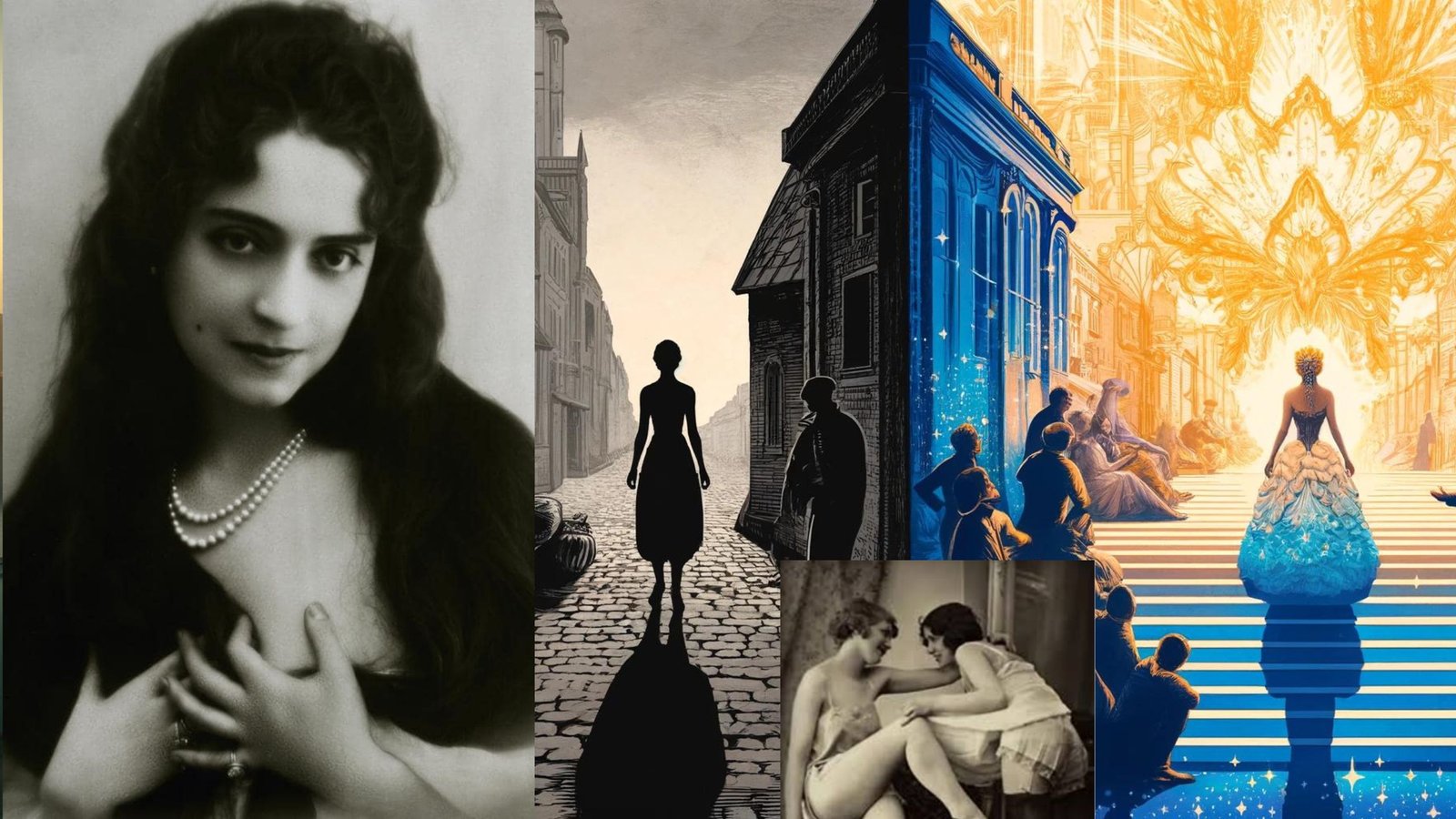
Beginnings in Paris: The Early Struggles
Born into poverty in Paris Marguerite’s underlying conditions offered not many possibilities for up versatility. The city, however overflowing with art and culture likewise had a dull underside of double-dealing. Marguerite, driven by need and aspiration, explored this world with knowledge and charm, ultimately becoming quite possibly of its most noted figure.
The Early Years: From Humble Beginnings to Parisian Lights
Marguerite Alibert, frequently known as Maggie Meller, was born into unassuming starting points in Paris, France. Her initial years were set apart by an instruction common of average kids, yet it was her shocking magnificence and sharp psyche that set her on an exceptional way.
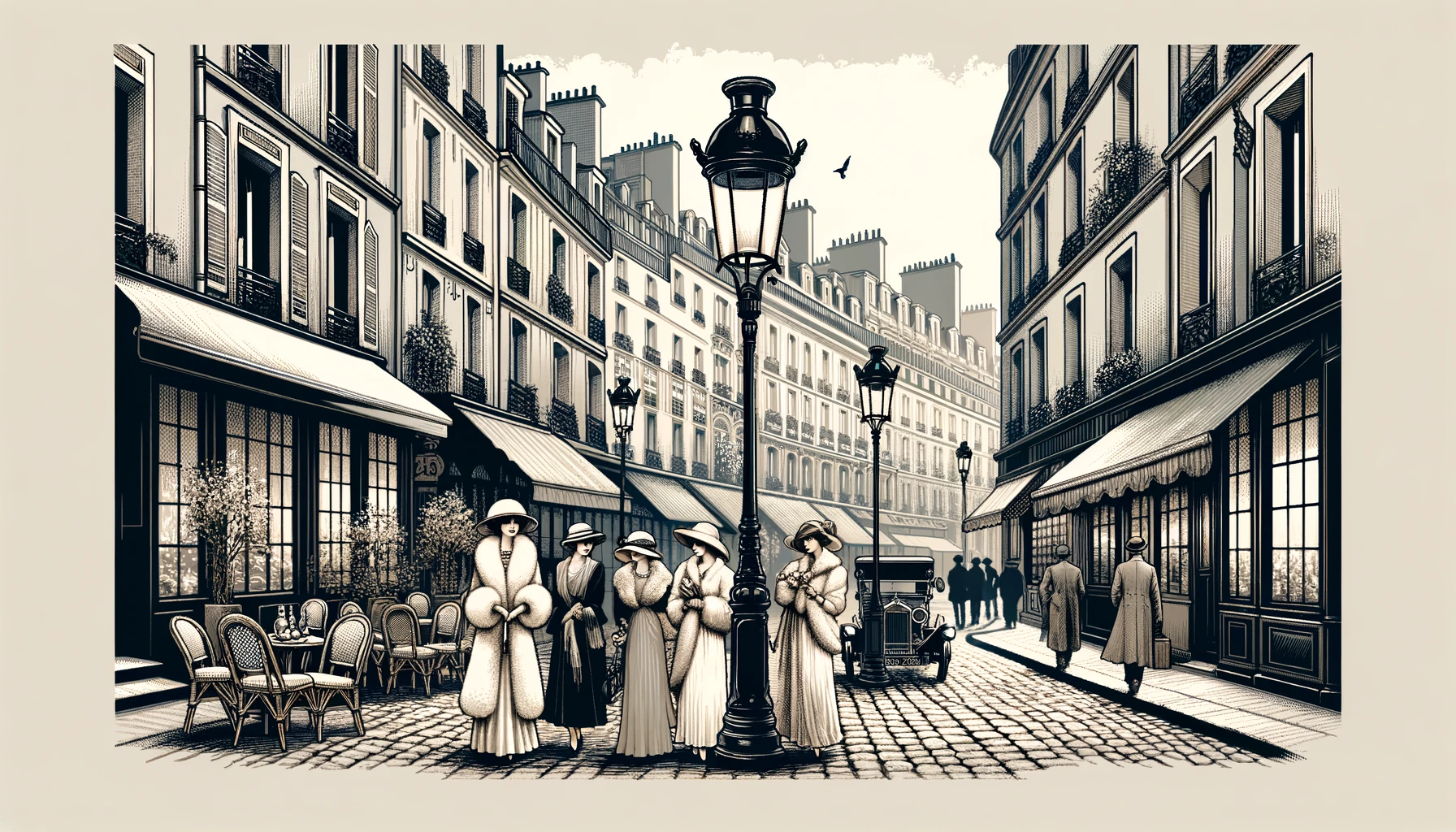
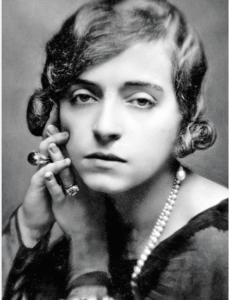
Paris and Its Pleasures: The Courtesan’s Rise
By her late teenagers, Alibert had entered the universe of courtesanship. Paris at the time was a center point for the world class and the well off, and being a prostitute offered social versatility to ladies like Marguerite who were sufficiently insightful to explore its intricacies.
Marguerite went to sex work to earn enough to pay the rent of small apartment. She had seen that there was great cash to be made by the high society sex laborers, known as prostitutes. A whorehouse proprietor, Madame Denart, found Marguerite and encouraged her.
She Met Her First ‘Husband’ At 17; He Was At that point Wedded

In 1907, Marguerite met a man named Andre Meller. She was 17; he was 40. He was rich and possessed a steady brimming with horses, which Marguerite loved. He bought her an apartment so they could lead their relationship in private, and she took his last name. She guaranteed that they were hitched, yet actually, Meller was still in fact wedded to his most memorable spouse. The relationship finished in 1913.
A Royal Affair: Entanglement with Prince Edward
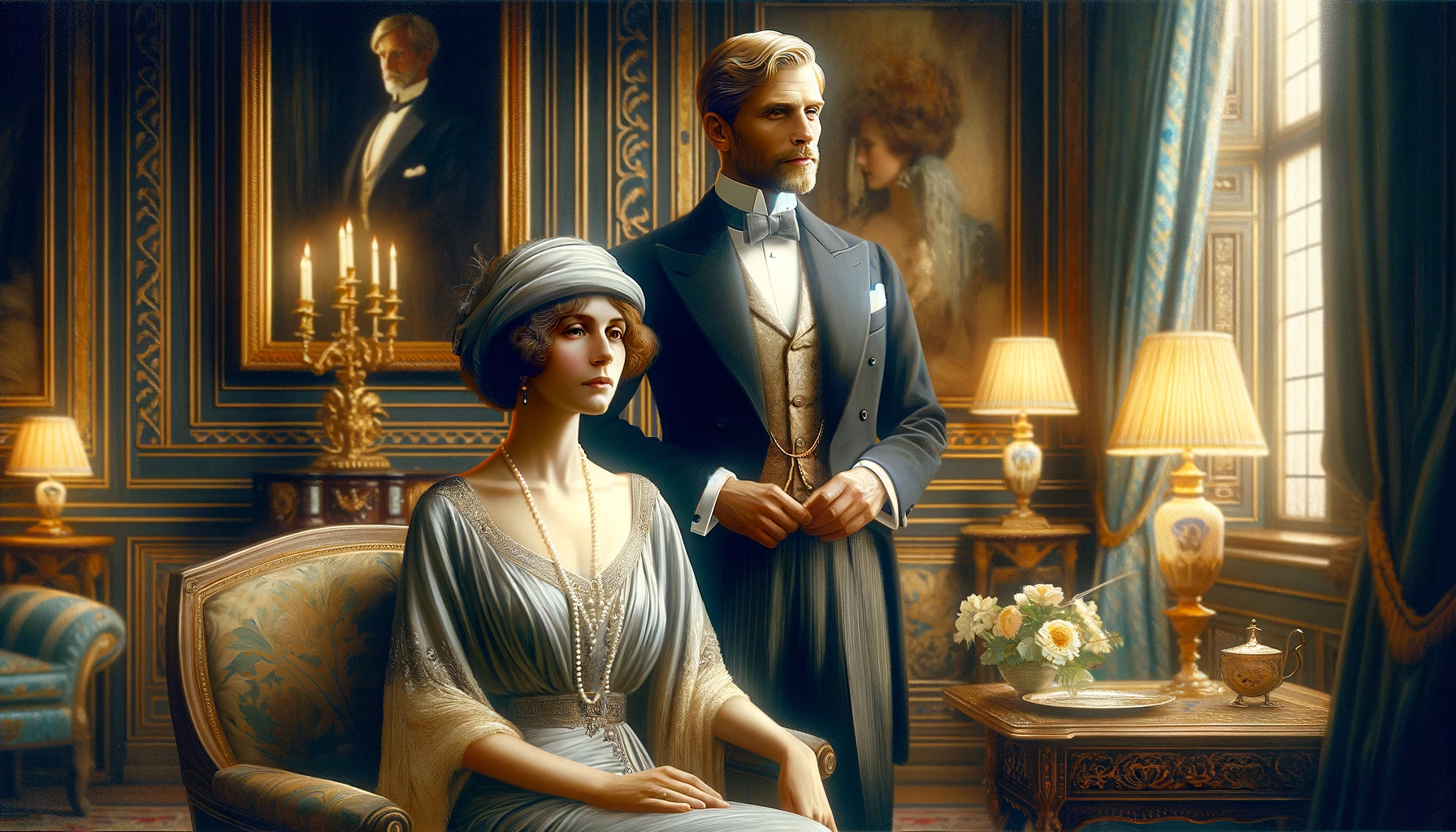
Maybe the most electrifying section of her life was her inclusion with Prince Edward, the future King Edward VIII of the United Kingdom. Their affair was passionate and loaded up with the young extravagance of the thundering 1920s.
Marriage and Misfortune: The Unhappy Union with Charles Laurent
After her affair with the prince , Marguerite married Charles Laurent, a well off Egyptian. Sadly, the marriage was defaced by despondency and finished tragically.
Convert To Islam For Formal Wedding
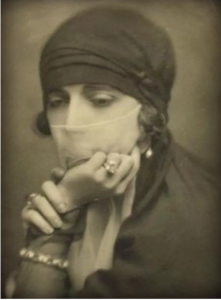
At the point when she wedded Bey Fahmy, Marguerite had two provisions drawn up expressing that she would be permitted to wear western dress, and that she would be permitted to separate from him. In return, she would switch over completely to Islam (and in this way accept his legacy). Not long before the wedding, the divorce provision was tossed out — and he added a condition that would permit him to take extra wives.
Bey Fahmy Expected Her To Be A Submissive Wife
The marriage among Marguerite and her bey was, obviously, a despondent one. A lady as wise, free, and straightforwardly sexual as Marguerite was never going to be the compliant, loyal, and legitimate Islamic spouse that Bey Fahmy wanted. The couple squabbled furiously, sometimes out in the open. It was said that Marguerite embarrassed Bey Fahmy with her way of behaving.
Marguerite Shot Bey Fahmi Multiple Times Beyond Hotel Room

On July 9, 1923, the couple went to an appearance of “The Merry Widow” in London. After they got back to their Hotel, they had a Bad fight, and the bey left the space for a couple of hours. Around 2 am, there were three shots discharged — Marguerite had shot Fahmy, execution-style, with the Carmelizing .32 gun that she had been holding under her cushion.
The Letters That KIng Edward Had Kept in touch with Marguerite Returned to cause major problems for Him
Years before she killed her Husband Marguerite had attempted to blackmail King Edward by guaranteeing that she had kept every one of the outrageous letters he had sent her. Before the homicide preliminary, she brought the shakedown strategy back into play.
A Jury In Britain Found Margeurite As A Victim Of Abuse By Her Husband

At the point when Marguerite was pursued for the murder of husband, no one understood what was happening in the background of her preliminary. Had they been uncovered, the letters she had been clutching from King Edward would have been inconceivably harming for the English Royal Family, and they were prepared to effectively get the story far from Public. There was an arrangement made with authorities in the court, and her past was not permitted to be raised during her trial — this guaranteed that King Edward was not referenced.
Defense and Acquittal: The Battle in Court
Marguerite’s trial showcased her intelligence and wit. Her defense argued that she acted in self-defense, painting Charles as abusive and dangerous. The jury’s acquittal was controversial but marked a significant legal victory.
Marguerite Alibert Spent The Rest Of Her Life Living Comfortably In Paris
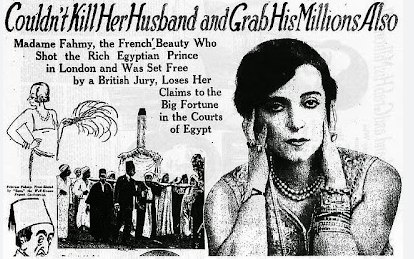
After the passing of her husband and her non-conviction for his homicide, Marguerite got back to Paris to experience the remainder of her life. She played little parts in movies and kept on enchanting rich men until she ultimately moved in an opposite direction from the public spotlight. She passed on at 80 years old, still carrying her husband’s title.
She had succeeded in making relationships into a business — after she died, her grandson found that her sumptuous life had been subsidized by settlements from five different men.
Life After the Trial: A Quiet Retreat
Following her acquittal, Marguerite lived a relatively quiet life. However, the shadow of her past never fully left her, and she remained a figure of intrigue and speculation.
The Final Years: Reflections and Regrets
Marguerite Alibert’s last days were spent in reflection. Despite her luxurious lifestyle, friends described her as a woman of regrets, particularly regarding her turbulent relationships and the notoriety that came with the trial.
Legacy and Rememberance: The Enigma of Marguerite Alibert
Today, Marguerite Alibert remains a compelling figure in historical narratives, symbolizing both the allure and danger of a life lived on society’s fringes. Her story continues to fascinate scholars and mystery enthusiasts alike.
FAQs:
- How did Marguerite Alibert meet Prince Edward?
- What was the outcome of Marguerite Alibert’s murder trial?
- How did Marguerite Alibert’s early life influence her later actions?
- What was public opinion on Marguerite Alibert after her trial?
- How has Marguerite Alibert been portrayed in media and literature?
- What can we learn from the life of Marguerite Alibert?
Conclusion
Marguerite Alibert’s life story is a fascinating study of contrast and contradiction. From her humble beginnings to her involvement with royalty and her infamous murder trial, her life was filled with dramatic twists and turns. She remains a figure shrouded in mystery and intrigue, her legacy a blend of allure, caution, and a stark reminder of the complexities of human nature.
https://en.wikipedia.org/wiki/Marguerite_Alibert
https://uniquesaga.com/top-20-people-who-deserve-biopics/
